Top 8 Questions on Impact for Business Today
In this video Luke Faccini, our Chief Do-Gooder at Sponge, answers 8 of the most asked questions about Impact and Impact models for business owners today. Watch the video, be inspired and ask any questions that come up for you so we can answer them in future videos.
Below are the questions and answers for those who prefer to read rather than watch videos. Please read with Luke’s personality and tonality in mind when you read the transcript. Enjoy!
Q1 What does impact mean to you?
What does impact mean? To me, it means doing something good for the world over and above just being in business. I did put the business context on that one. I’m assuming that that’s what this conversation is about.
Q2 Tell us about a business you’ve helped transform by clarifying their impact model
Well, impact and impact model shaping is a huge part of what we do when we work with clients. So how do we pick just one? I’ll give you one client we’re working with. Trading Tree wanted to do something good in the world, but they weren’t sure how.
So we helped Sue, the founder there, get deep on what she cares about, what’s inspired her throughout her career, and how she can actually help others that are going through a similar journey that she was struggling with. And what it’s done is twofold.
One, it’s given us a really, or given her a really strong story to tell, to help those that can empathise and have been on that journey too. To feel like they’re contributing to helping others that are just like them.
Two, it’s helped her get clarity on how she’s actually going to do it. So it’s been instrumental in her shaping some of the offerings that they’re going to provide over the growth of the business. So garnering support is the main thing, and engaging people that have similar minds.
Q3 What are the different types of impact models for business?
Yes, there are a few different models for impact that you can implement within your business. There are two key types.
The first is by giving. And that’s where your organisation creates a profit, and assigns a portion of that, whether it’s 1%, 5%, or whatever it might be. If you’re a social enterprise 50%, that goes towards partnering with, or supporting those that have already got their feet on the ground, so to speak. As far as creating the impact that you want to create as an organisation.
The second part is if you, by virtue of being in business, the way that you conduct business, what you do, the product that you provide, or the service you provide, is actually solving a problem. So it’s by process. It could be that you’re hiring at risk, an at risk group, or training them, or upskilling, whatever it might be, in that sense.
It could be by virtue of what you’re creating, the materials you use, or the technology that you use to create it, you’re actually solving a problem. So those are two key things. Giving or process. It can actually be a hybrid of the two, it might be you do both by producing what it is you do, and employing who you do in order to do that, you’re solving a problem. But you can also still be giving, or contributing to organisations that do that work too.
Q4 Can impact be the reason customers choose to do business with brands?
This is a good question. A mantra we have at Sponge is “awesome is no longer enough today”. I want to give you a little scenario on that one. Let’s say you do have an awesome product or service. And you’ve got awesome marketing, and an awesome culture. You have awesome value for money. And there’s more awesomeness, but let’s keep it simple to that. And your customers love you.
Now, another company opens up, another brand in your space. They’re equally as awesome. Yet they do something good for the world. They solve a problem that people care about, at no extra cost to customers. And honestly, your market loves it. Your team loves it. Your clients love it. Now, I asked that question again. Is awesome (alone) enough?
Q5 Does being impact driven mean you sacrifice profit?
Does impact mean you sacrifice profit? This is a good question. And it’s a big one. It’s “Am I going to become a mother Teresa, if I implement impact within my business?”
And the short answer is no. You will assign a certain percentage of profit. But in telling that story well, you gain! Your customers will love you. So they’ll buy more and more often. Your team will give you more of their heart and soul which means they’re going to be more productive. You’re going to be more profitable and your market is going to love you too. So there is more to be gained than the portion of profit you give out.
Q6 How can we balance the need for profits with the desire to make positive impact?
This can be a hard one to get a grip on, especially those that are impact driven. And we get this balance a little wrong. Many, many people that are focused on impact are generous givers to the point of potentially negatively impacting their business.
The balance there is to ensure that if you are to provide a sustained impact, that you are profitable. So you cannot give more than you have, and you cannot commit more than you can earn.
The balance is finding that sweet spot between how much you can give in order to solve the problem that you’re looking at solving, but also sustaining a livelihood for you and your team. A healthy livelihood, so that you can bring your full self to work, that your team can bring their full selves to work, and not feel like they’re sacrificing their life to solve something and not living happily in the process.
Q7 What tools or technologies can we use to measure our impact?
Part of our framework for developing an impact model, or helping our clients develop an impact model is getting very clear on what the unit of impact of their measurement of their impact is. And that’s got to be really simple.
When you can define the increment that you’re improving, then you can tell the story. When you can define it, you can measure it. So let’s say it’s something as simple as planting a tree. It’s once you know that, you need to understand what the mechanism is for your business to determine you can’t plant a tree. So then when you have that system, and you can measure how many of these business units of profitability, or sales or whatever it might be, drives that mechanism.
Then when you do that, then you can record it in something as simple as Excel. Or even better if you’ve got it as a web app of some kind. And you’re casting that to a digital scoreboard within your business if you’ve got a physical office, or on your website, and using that as part of your team communication on a regular basis.
The key here is, you want that measurement to increase and you want it to increase frequently. So that those in your audiences (including all your stakeholders) can see it and celebrate that increase. Because it’s that which is going to engage them in what it is that you’re doing as a co creator.
Q8 What does an impact model do for team engagement, productivity & business outcomes?
One of the big problems today is engagement at work. And today more than ever before people seek meaning in the work that they do. And the way that you give that to them is by giving them a sense of contributing to something greater. Something greater than just showing up at work and just producing something awesome.
The way to do that is to identify an impact model that they care about, and by embracing them as co-creators in that work. When you do that. It unlocks their creative and discretionary energy at work, which means they’re more productive and means they’re more happy.
One of the things we talk about as a reason for pursuing an impact model is the helpers high. Now what that is, is when you contribute regularly to a good cause, you get an endorphin rush, and it’s a 4 minute rush. A four minute fleeting endorphin rush, where you feel good. That’s nature, God’s way of rewarding you for doing a good action.
If you can bring that into your business, by giving your team the recognition of something they’re doing, at a good frequency that’s creating good in the world. They’re going to be flooded with endorphins at work. That regular four minute dose is going to uplift their spirit and make them happier at work.
When they’re happier at work and they feel a sense of contribution. They’re going to stay forever, because they’ve got a noble reason to stay in your business, to support your brand and to rave about it. And give your customers an amazing experience too.
Invitation
I hope you’ve been inspired by some of the benefits of impact. We’ve got loads more content on impact. I love talking about it. And you can find that on our socials and on our website. Thank you for joining me. I look forward to seeing you create massive impact in the world.


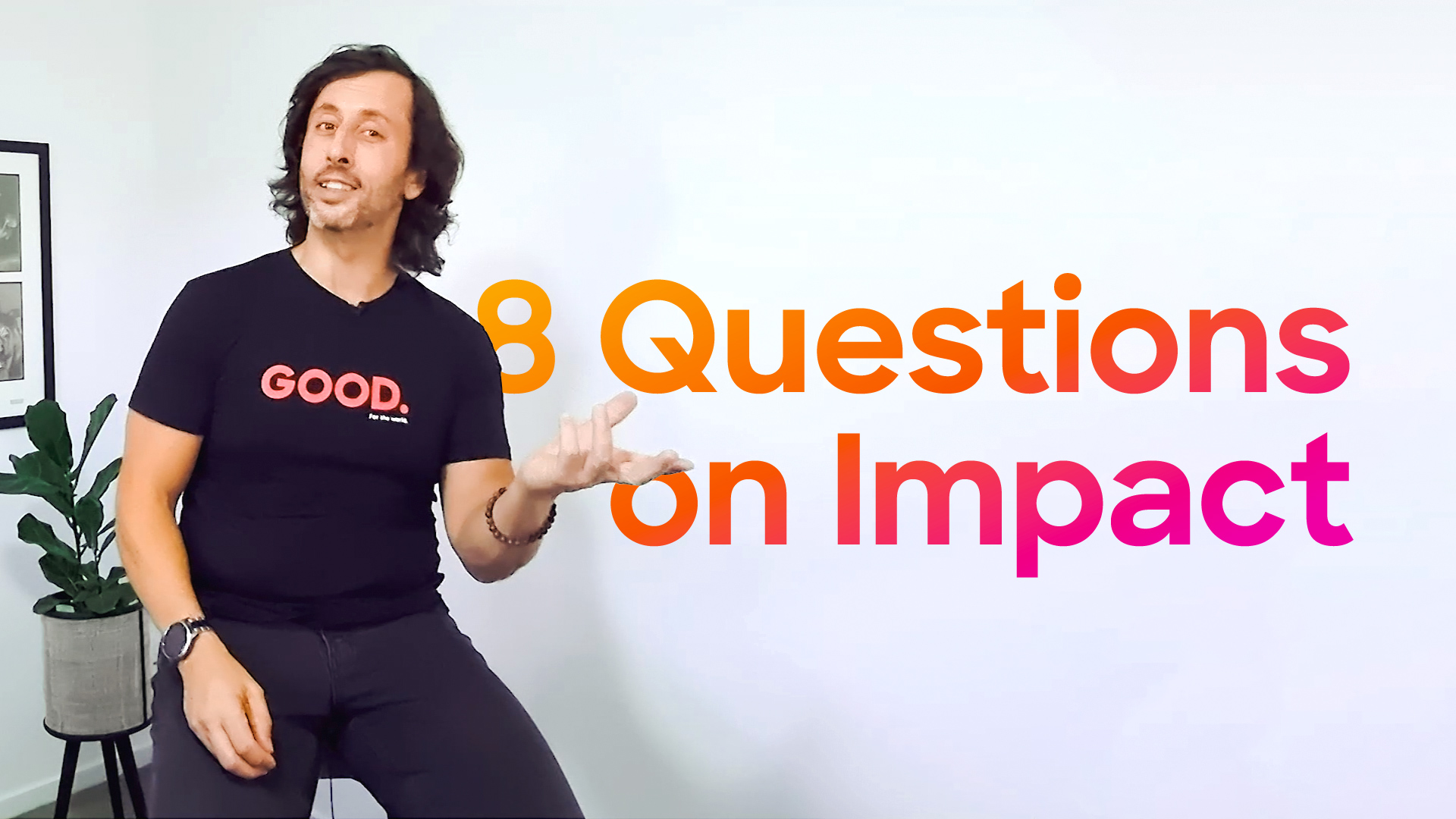
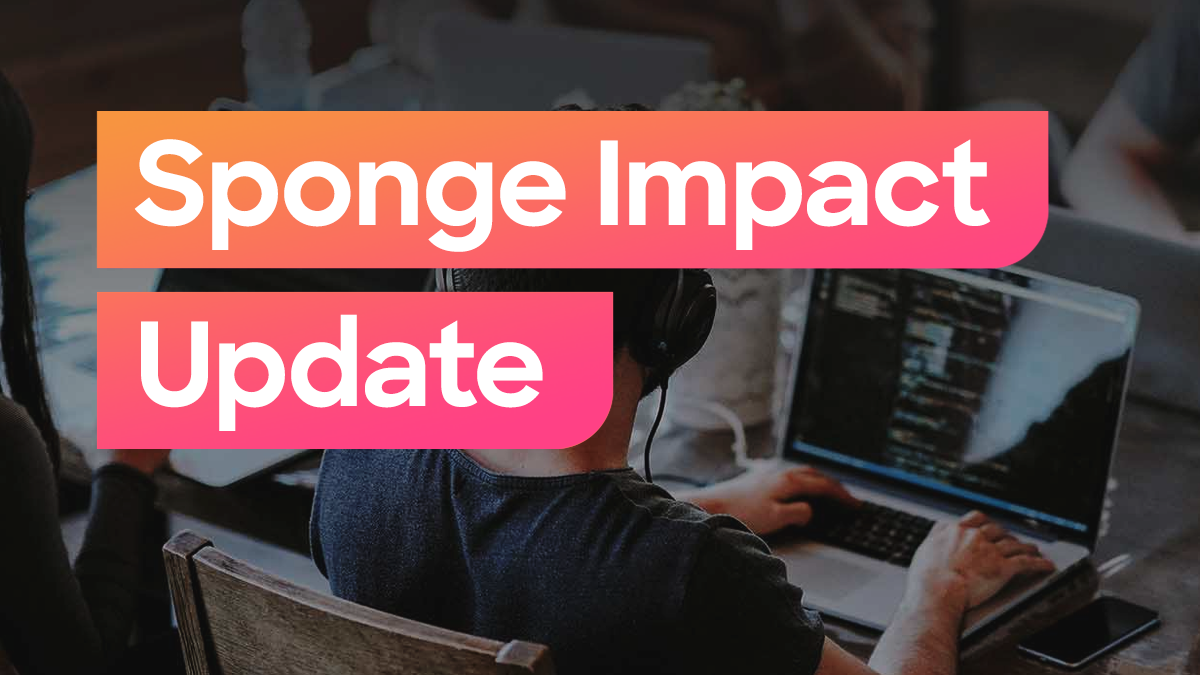
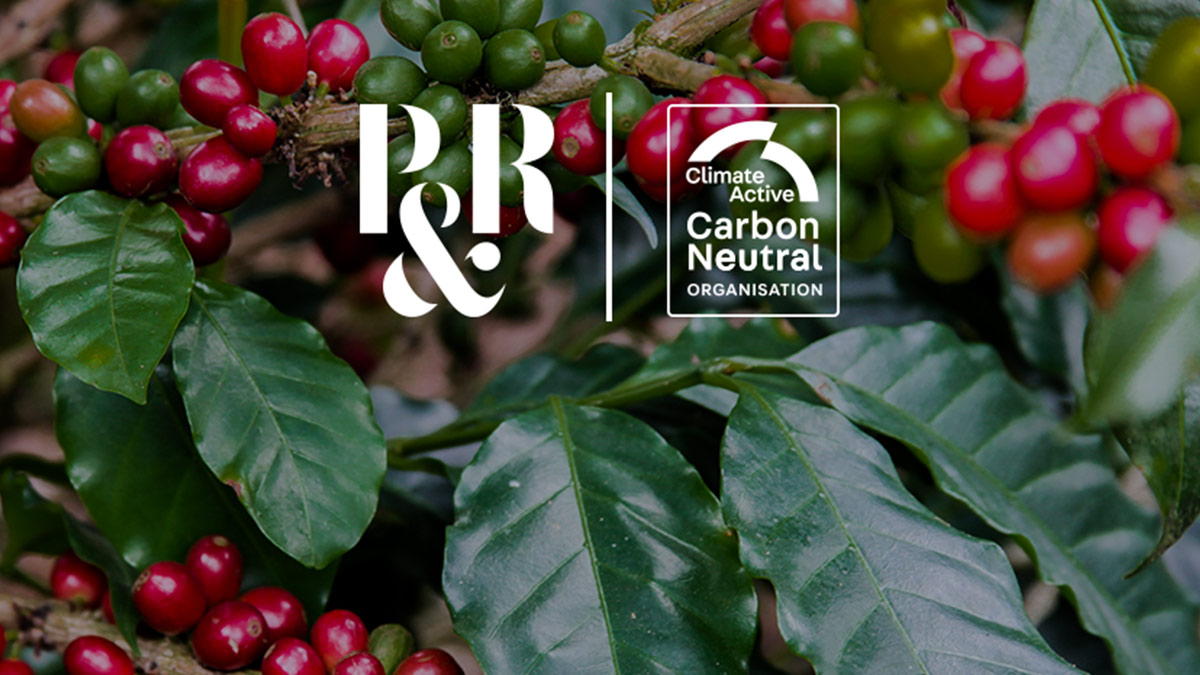


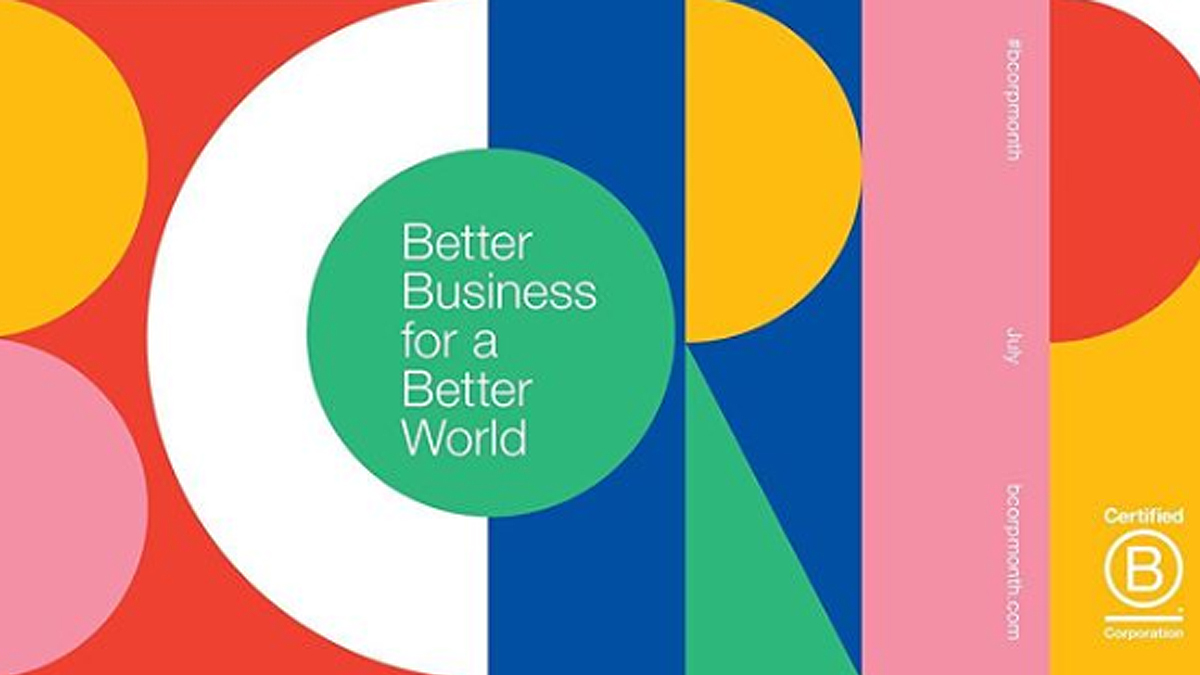

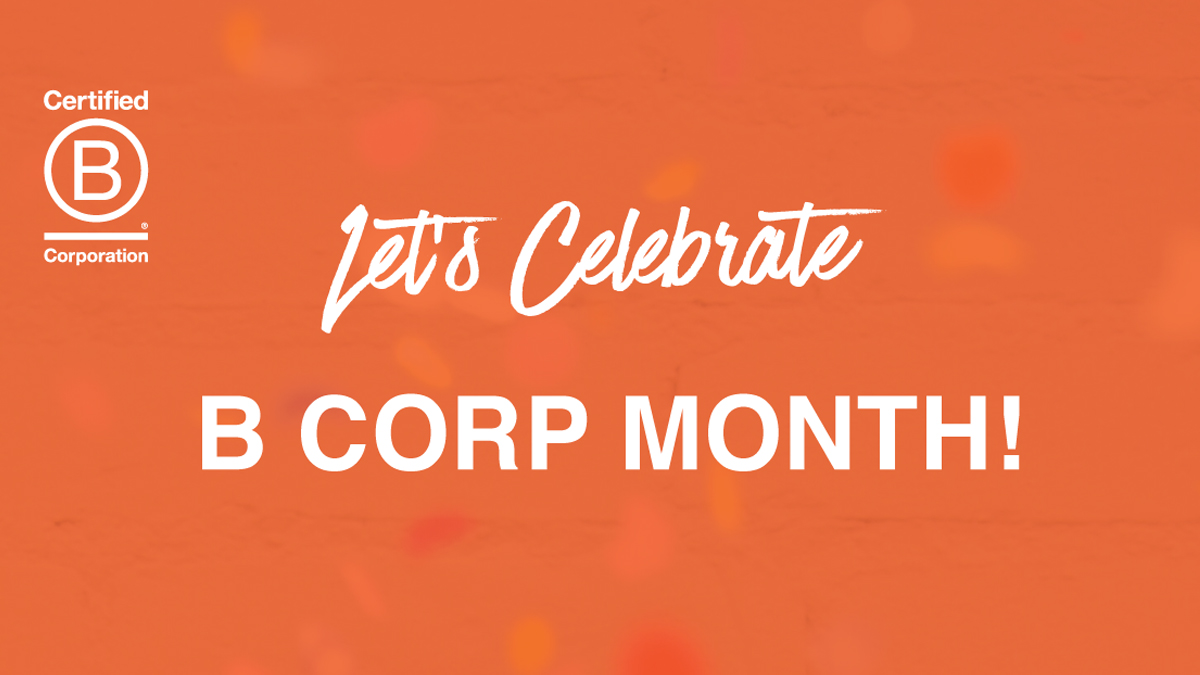

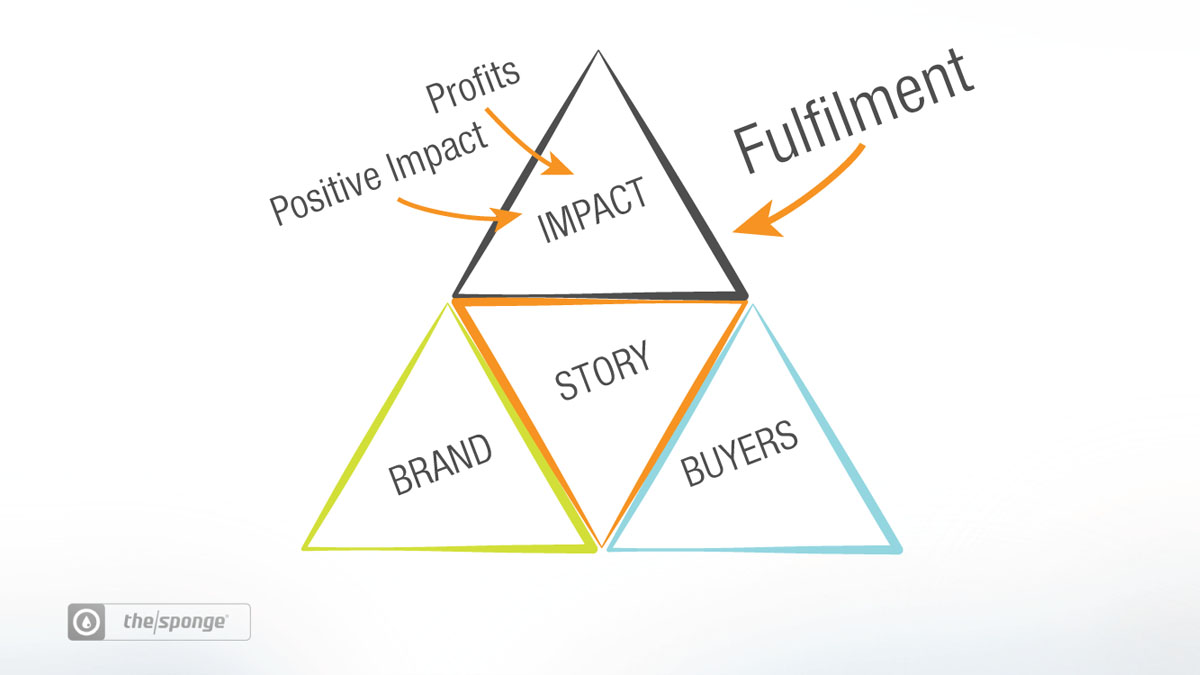



 Being a B Corp now guides decisions about our projects, and who we choose to do business with. We soak it all in, and squeeze out the goodness.
Being a B Corp now guides decisions about our projects, and who we choose to do business with. We soak it all in, and squeeze out the goodness.